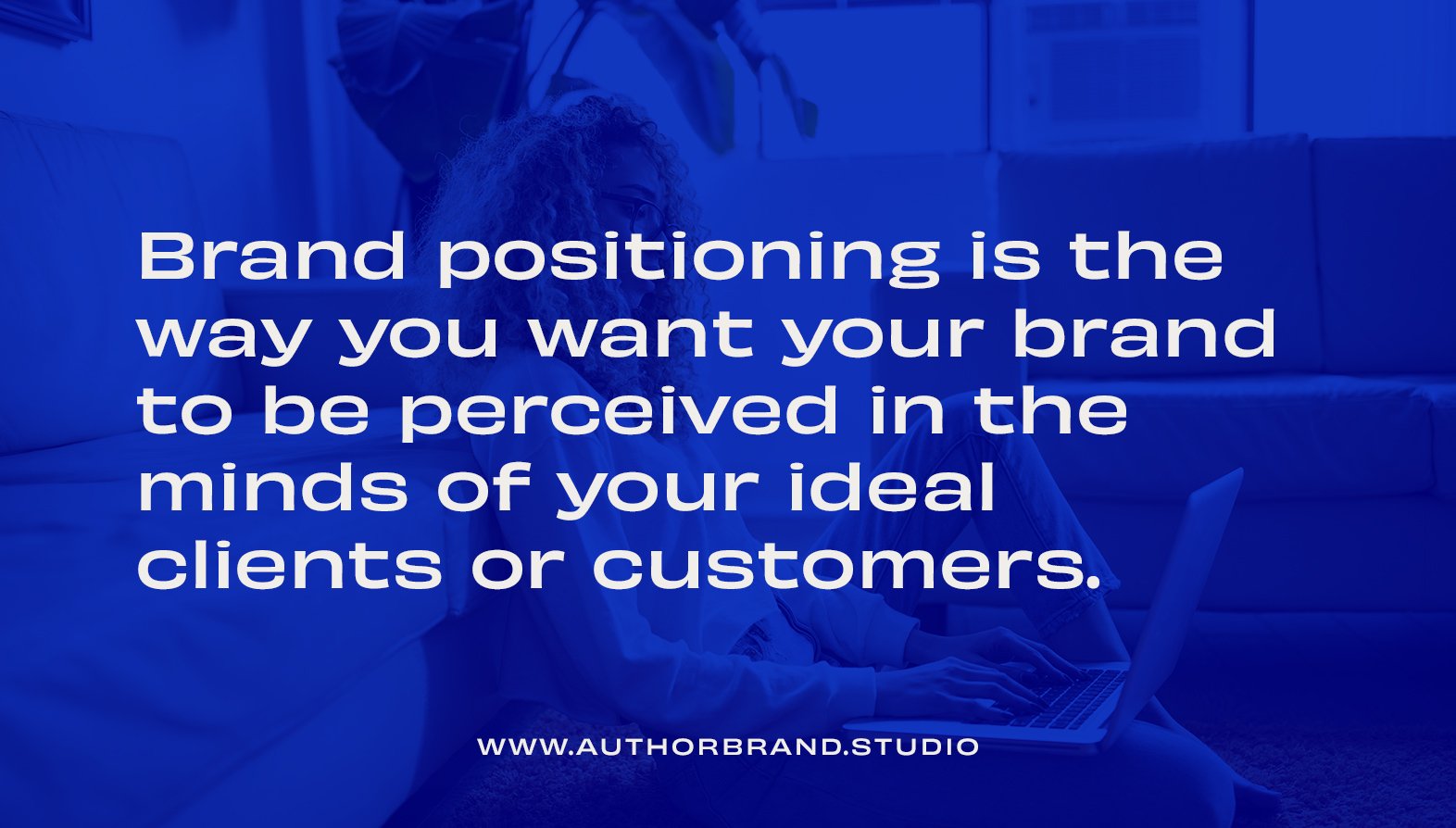The secret to brand messaging that your ideal client can’t resist
There are certain things that every entrepreneur needs to attract their ideal client, and some of them are a whole lot easier to check off the list than others. Passion? Check. A stellar product or service? Check. Business plan, ideal client, and LLC registered? Check, check, check. A steady influx of ideal clients or customers who are an absolute JOY to work with? …not so much? (It’s not just you.) This is where a lot of us have a big, bold question mark rather than that oh-so-satisfying check mark.
In my work with clients, I hear two major pain points. The first is that they are getting a good number of inquiries, but they’re not from the right people. This could look like a life coach who keeps hearing from people who really need a licensed therapist instead, or a custom floral designer who only hears from brides with a DIY budget.
The second issue I hear most often is that our clients are hearing crickets in response to their marketing efforts. No discovery calls are getting scheduled, no forms are being filled out, and no leads are coming in from social media. Both issues can be equally frustrating, especially when your business relies on, you know, making sales.
So, what’s going wrong? With 99% of businesses I work with, the issue has nothing to do with lack of hard work or having a bad product or service. Most often, the issue is simply vague brand messaging. If a client can’t immediately determine what you do and why you’re unique from the first few seconds they spend on your website, you may lose them right then and there, at the tippy-top of the sales funnel.
And we don’t want that, do we? So keep reading—we’re about to share our signature process for creating brand messaging that your ideal client can’t resist.
Step One: Connect to Your Personal Why.
People will always connect more to brands that feel human—whether or not your business centers on your personal brand.
Sharing your story can be a great point of personal connection to your audience, especially if you're branding heavily around your personal story.
So, why did you start your business in the first place? Take a second to think back to that turning point in your life where you decided to begin your entrepreneurial journey. What was your inspiration? How did you want to help people? What problems had you overcome that you wanted to help other people overcome, too? Why do you absolutely love what you do?
Keep a document going of your answers to these questions—they may become central pieces of your brand messaging.
Step Two: Create a Profile for Your Ideal Client.
Now that you’ve done some thinking about how your brand is a reflection of you, it’s time to connect the dots between you and your ideal client. And here’s the secret—
Chances are your ideal client is a lot like YOU, or perhaps a past (or future) version of you.
Start with demographics: How old is your ideal client? What’s their annual income? Where do they live? What’s their occupation?
While demographics are important, psychographics are more important. Psychographics are the answers to the more intangible questions that make us who we really are—and most businesses focus on demographics without giving any thought to psychographics.
To hone in on this aspect of your ideal client, reflect on these questions: What problems do they have? What do they desire? What do they value? What do they wish they had more time for? What are their dreams? What are core pieces of their identity?
After you answer these questions, you’ll have a fictional character that sums up your ideal client. (Feel free to give this person a name!)
If you’re struggling with answering these questions because you want your business to be accessible to everyone, welcome to the club! Most brands, especially at first, want everyone to be their ideal customer. And I get it! It can feel strange to exclude people from your demographic. But here’s the thing:
When everyone is your ideal customer, no one is. People invest money in a product or service when it feels like it was made for them—not when it feels generic.
Step Three: Articulate Exactly How You Help People.
How does your business solve problems for your ideal client? This is another area where it’s tempting to be vague and broad. If your answer is something like “I empower women to take charge of their lives,” try to hone in. What sort of women do you help? Moms? Women in marketing? College students? And how do you help them take charge of their lives? Do you help them with time management, setting boundaries, or career advancement? Don’t be afraid to get super specific.
Here at Author Brand Studio, we had the honor of creating a brand strategy for a darling company called Jake & Jack.
They are a children’s educational-product brand focused on creating simple learning moments that leave a lasting legacy.
Notice how specific that is? I believe that good branding answers three questions:
What do you do?
Who do you do it for?
Why does it matter to them?
Here’s how Jake and Jack answered those questions.
What do you do? Provide durable, practical products that make an impact in a child’s critical skill-building abilities.
Who do you do it for? Adults who want to give children a meaningful gift that will encourage their learning and development
Why does it matter to them? They care about giving children the best start in life possible for their enduring success and building a legacy for years to come.
Step Four: Check Your Brand Positioning.
Positioning is the element that ties all of the previous steps together—it’s the implementation of your personal why, your ideal client, and how you help people in everything from your website to your branding and your social media.
I knew that Author’s brand positioning was in the right place when we only got inquiries for branding—not for the one-off logo projects we were getting years ago.
Brand positioning is the way you want your brand to be perceived in the minds of your ideal clients or customers.
It goes beyond the initial questions of branding and into the nitty-gritty. The brand voice you use is positioning. If your website is written in a voice that is bubbly and casual, you’ll attract a different kind of client than if it’s in a voice that is sophisticated and exclusive. The design choices you make are positioning. Certain colors, fonts and layout communicate the identity and feel of your brand. Even your pricing is positioning! How much you’re charging for your services—and whether or not you even have them listed on your website—tell your visitors the value of what you offer and clues them in to the quality of your work. Your offerings are also a major factor in your brand positioning. If you are a freelance copywriter but you also offer virtual assistant work, you could confuse and dilute the power of what you do.
All that to say—how you show up matters. Every piece of your brand communicates (even subconsciously!) who your brand is for, how you help people, and how valuable you are.
Step Five: Get an outsider’s perspective.
If you have felt like brand messaging is hard to do for your own brand, congratulations—you’re normal!
It’s incredibly difficult to see your own business with the objectivity needed to create a brand message that is clear and easy to understand.
When you know all of the ins and outs of a business, it’s nearly impossible to see it from an outsider’s perspective. It’s like you’re swimming inside of a bottle of iced tea and trying to read the label from the inside.
Lucky for you, helping brands get clarity, refine their message, and then create a strategy that acts like a magnet for their ideal client is exactly what we do here at Author Brand Studio.
The first consultation you schedule with us is totally free, and we’d love to get to know you and your brand!





